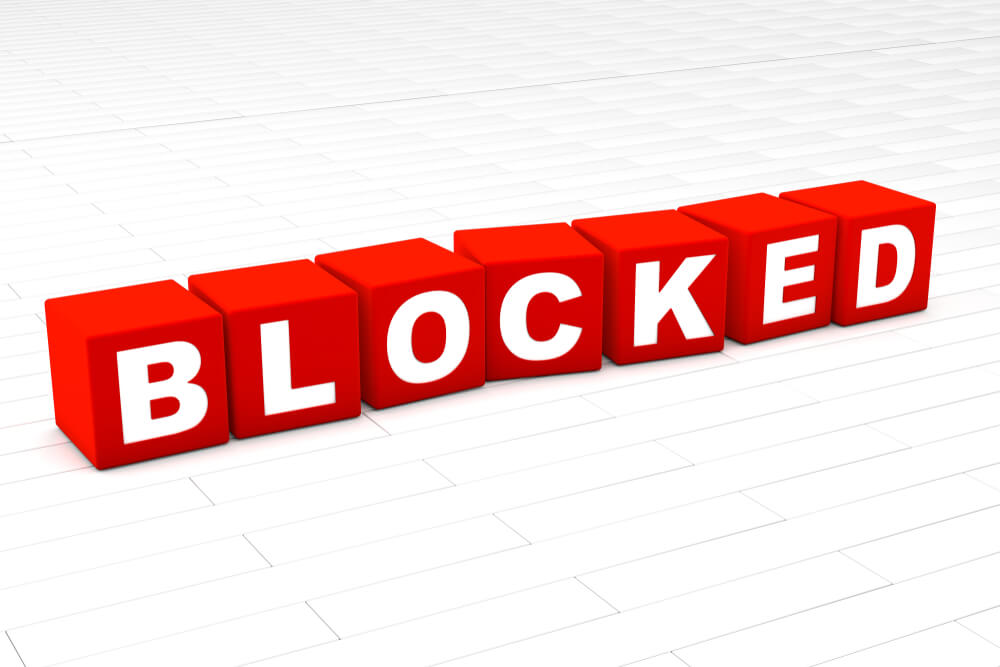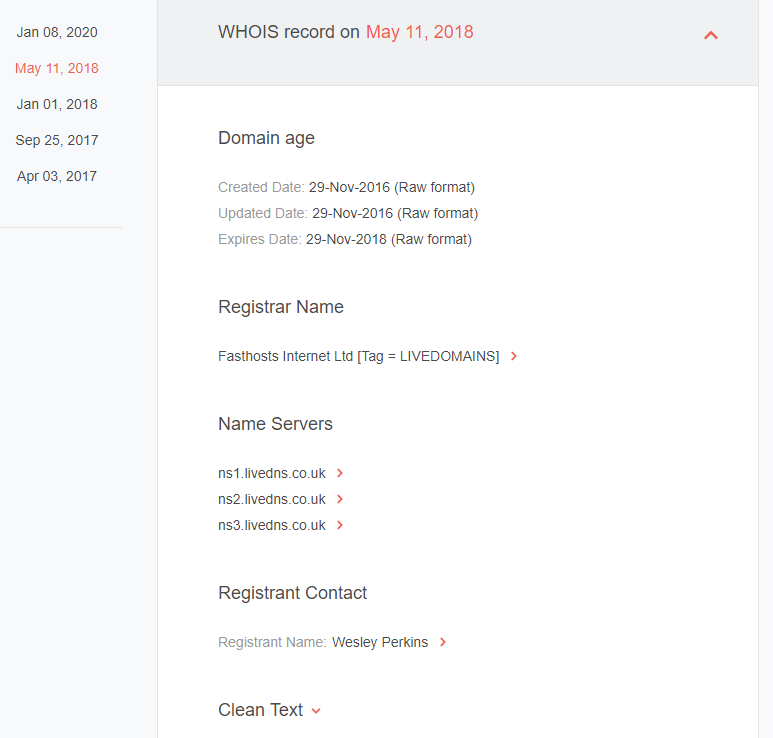Knowing a Domain’s Ownership History Can Help You Avoid Getting a Blacklisted Domain

When starting an online business or marketing campaign to reach out to more people, one of the most critical tasks is deciding on what domain name to use. You can’t just choose one on a whim — you need to put a lot of thought and research into it as your domain will carry your brand. Your research needs to include the domain name’s ownership history, among other things.
In short, a domain name can make or break an organization. Experts have pointed out the main characteristics of a good domain name, which include:
- Easy to remember: You want people to remember your domain name, so make sure that it is short, easy to spell, and, if possible, doesn’t contain hyphens and other special characters. For example, if you’re starting an online shop, go for something like onlineshop[.]com instead of online-s-h-o-p[.]com.
- Descriptive: It must tell users what they can find on your website. Put yourself in your target audience’s shoes. If they are looking for travel tips, for instance, they are likely to click on a search result with the domain nomadicmatt[.]com rather than matt[.]com.
- Based on a known generic top-level domain (gTLD): While .com remains the most popular gTLD to date, you can choose from over a thousand more. That doesn’t mean you can pick just about any of them, though. Choose a gTLD that is deemed safer such as .com, .net, .info, and .org, whichever is applicable.
More importantly, if you decide to purchase an old domain name, make sure it is not blacklisted.
In this post, we delved into the repercussions of using a blacklisted domain name and how to tell if a domain is blacklisted by using your research skills and tools such as WHOIS History Search.
Repercussions of Using a Blacklisted Domain Name
Getting involved with a blacklisted domain name can wreak havoc on your overall business. Below are some of the specific effects of ending up with a blacklisted domain name.
Search Engine Optimization Efforts Go Down the Drain
Search engine optimization (SEO) is critical if you want your target audiences to find your website. With the right strategy, your SEO efforts can increase your site traffic and help you entice more customers, whether your business is purely online or you have a brick-and-mortar store. But if your domain is blacklisted, your SEO strategy, no matter how good it is, becomes useless. Your website and pages won’t turn up in search results, and that means time and money down the drain.
Email Deliverability Suffers
A 2018 state of email survey revealed that 25.7% of brands were blacklisted once or twice. Some 7.5% of respondents also said their domains had been blocked several times. Blacklisting can negatively affect your email deliverability, along with other metrics that measure your email marketing success. If your target audiences don’t receive your marketing emails, then the size of your mailing list and the quality of your marketing efforts won’t matter.
These may only be two of the many side effects of using a blacklisted domain, but they can be detrimental to your business’s success. You won’t meet the goals you set, and you may ultimately find yourself needing to start all over again.
How to Know If a Domain Is Blacklisted
Consider this typical scenario when selecting a domain: You and other stakeholders brainstorm on the perfect domain name. After hours or even days of mulling over it, you finally came up with something catchy and relatable. Upon checking with your preferred web hosting provider, you find out that the domain name is available, so you purchase it. The rest, as they say, is history.
Until, that is, a few months after. You wonder why you aren’t reaching your intended audiences. You have no website traffic despite regularly publishing high-quality content and implementing an aggressive SEO strategy. Chances are the domain name you excitedly purchased is blacklisted.
Can this scenario be prevented? Sure, but you’ll need to do tons of research. And it is ideal to do so before actually purchasing the domain. It would help if you found out everything there is to know about a domain’s ownership history. That includes all past activities associated with it. Tools such as WHOIS History Search that digs up information from more than ten years into the past are of great help.
Take, for example, a food company that wants to purchase the domain name luxuryfood[.]uk. It can run it through WHOIS History Search. Although the latest WHOIS record doesn’t reveal the registrant, the tool would still show that, at one point, an individual named Wesley Perkins owned the domain.

With that, the company can dig deeper into who Wesley Perkins is. It will then find that an individual with that name (and who may potentially be the registrant of luxuryfood[.]uk) is one of Britain’s most prolific cybersquatters. Perkins has the reputation of redirecting legitimate domains to adult sites as part of his extortion practices, likely causing them to be blacklisted. This due diligence can then save the company from wasting money on the domain no matter how perfect it would’ve been for its business.
As harsh as it may sound, buying a blacklisted domain is akin to throwing money away. There are bound to be ways to remove a domain from any blacklist, but this may involve complicated processes and even more expenses. The safest thing to do, therefore, is to conduct extensive research and use tools that tell you all about a domain name’s ownership history such as WHOIS History Search to avoid being left with a blacklisted domain. It could be a tedious job, but it will do your company a whole lot of good in the end.



































